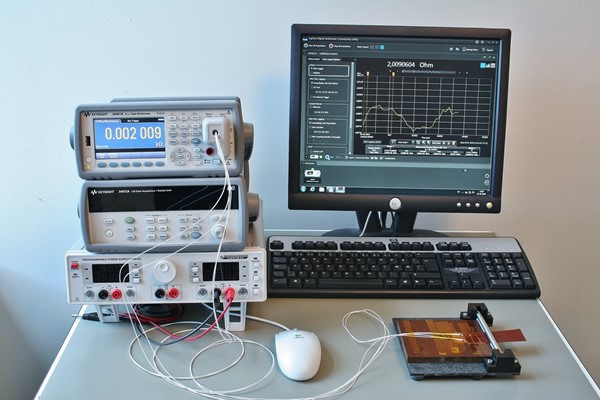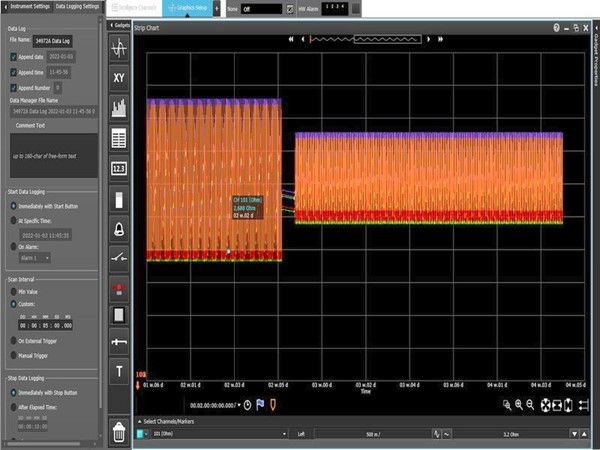Electrical testing of electronics is an important part of quality assurance and troubleshooting. Electrical test is used to check that the electronics are working correctly and meeting specifications.
Here are some examples of electrical test of electronics:
• Continuity tests are used, for example, to check that there is an electrical connection between two points. This is a basic test that can be used to identify open or short circuits. Typically used in a "Daisy chain" circuit.
• RCL (Resistor Capacitor Inductor) test is used to measure resistors, capacitors and coils to check that the components are working correctly.
In addition to these basic tests, more complex tests can also be performed to check specific functions or characteristics of the electronics. For example, functional testing may be performed to verify that a component performs its functions correctly during operation, which is typically performed on customer-specified equipment. Environmental tests can also be performed to check that the electronics are working properly under various environmental conditions, such as heat, cold, humidity or vibration.
Selection of test type and method depends on the type of electronics to be tested and the specific requirements to be met.



Electrical test can, for example, be used for examination and analysis of:
Example of standards for electrical test:





